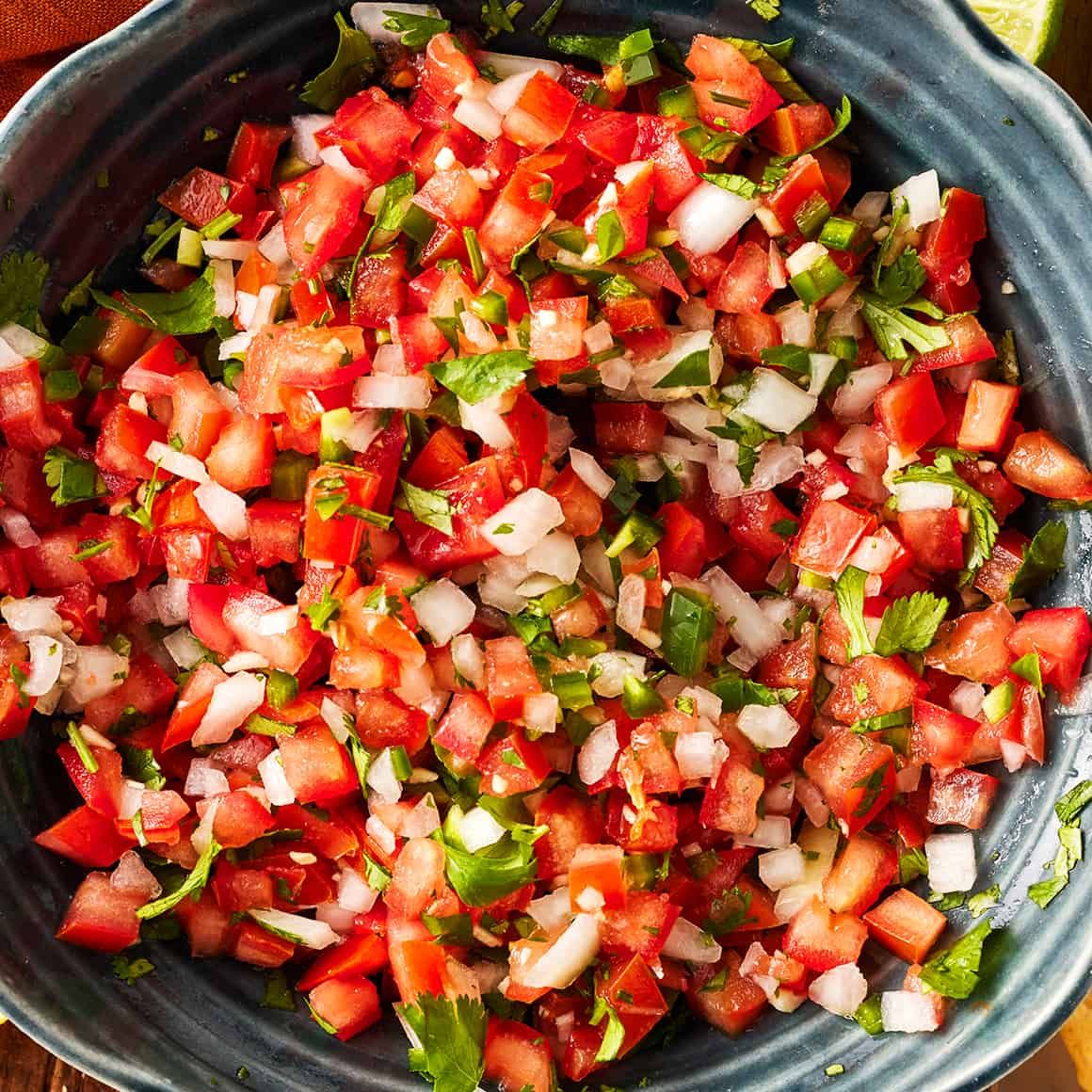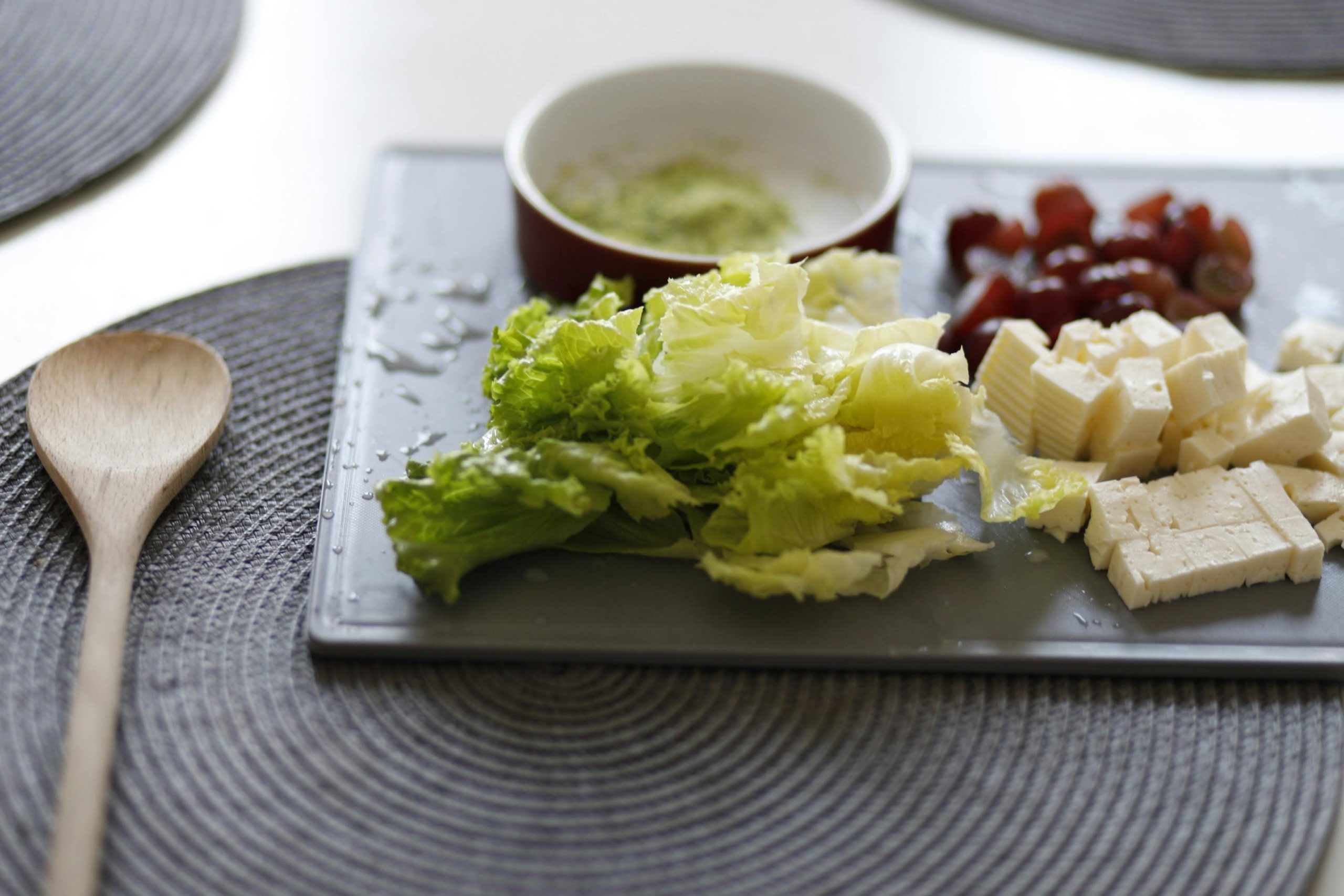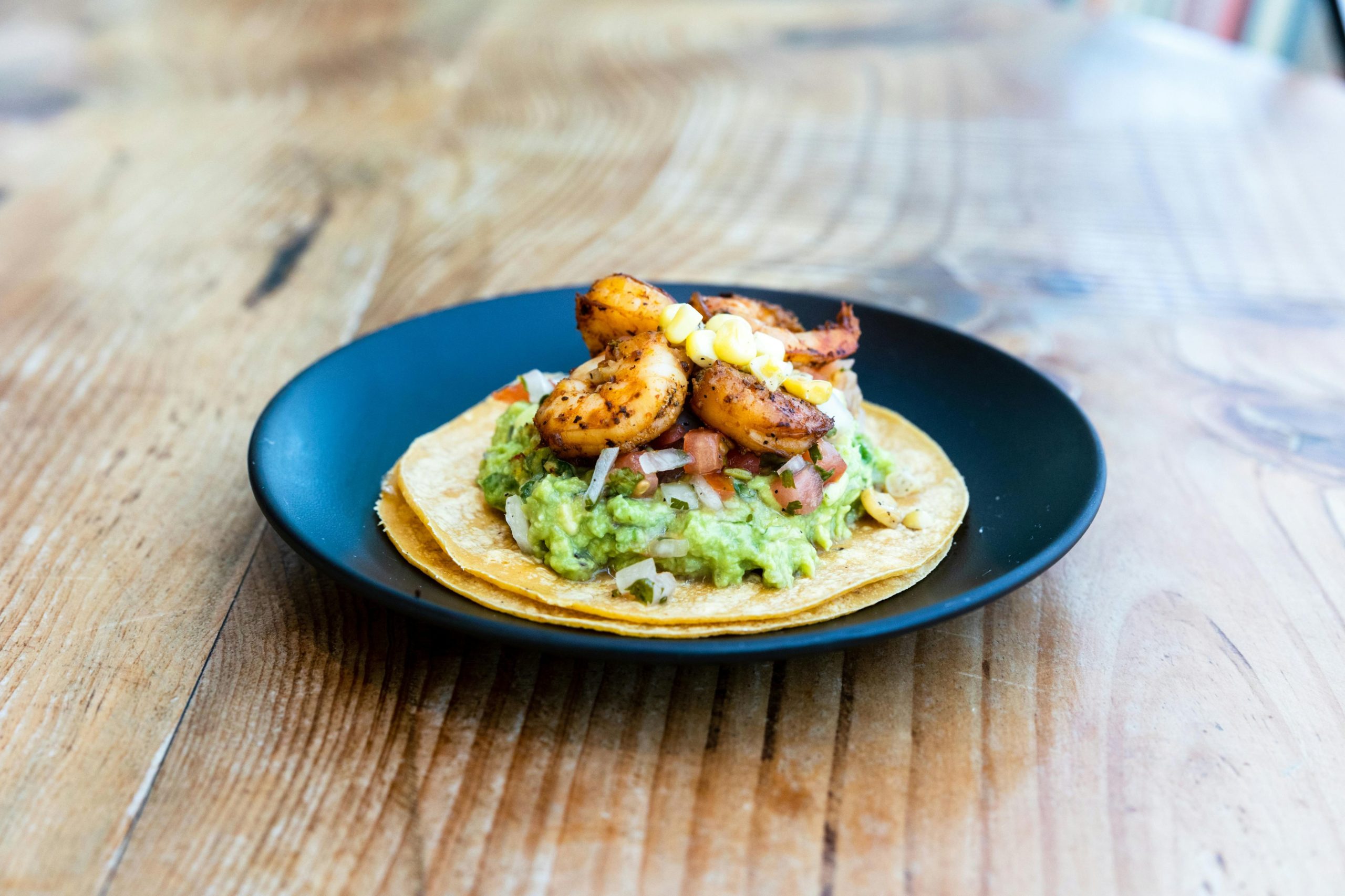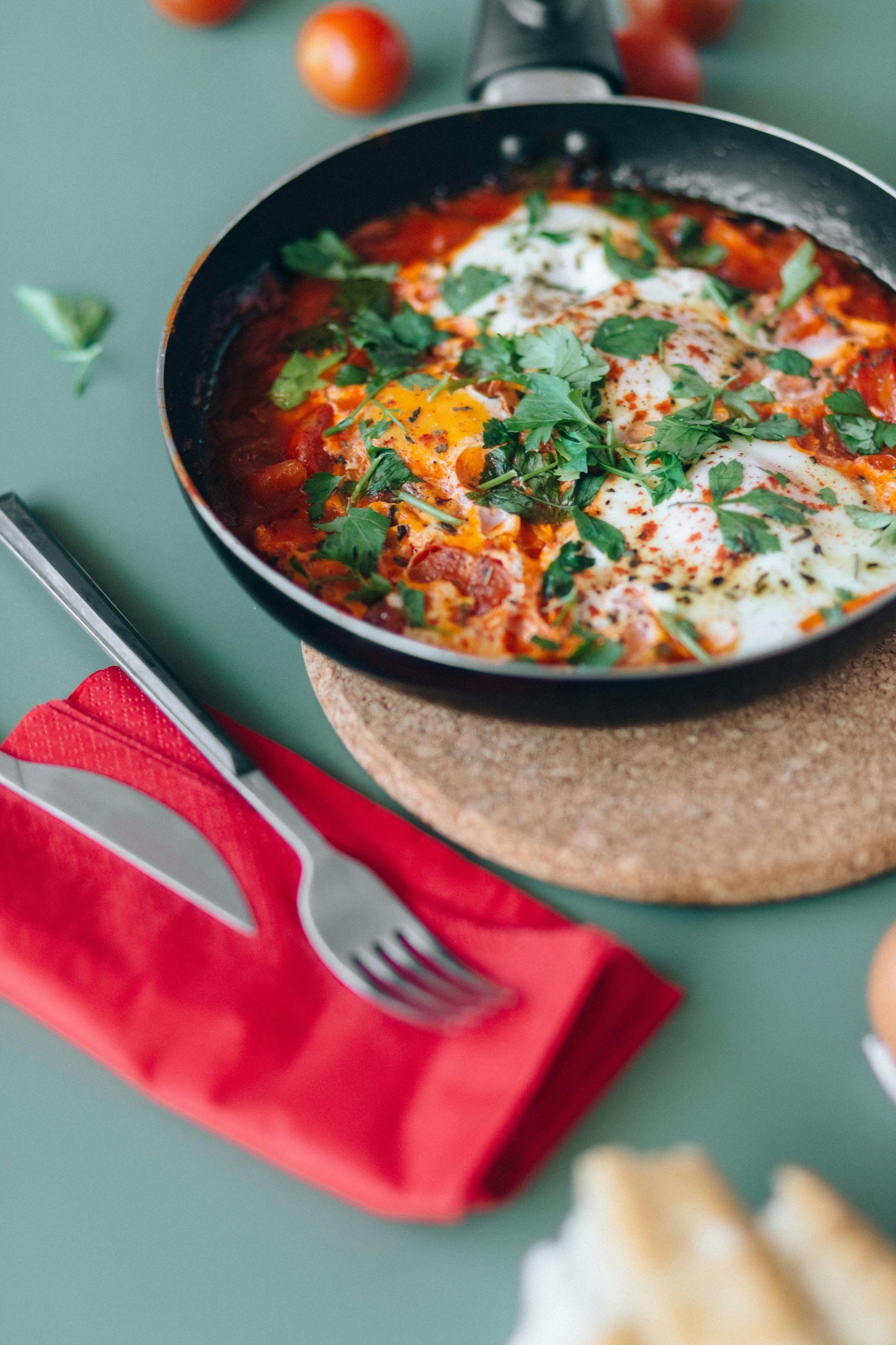Ever wondered what gives Mexican cuisine its vibrant kick?
Finding the perfect fresh and zesty topping can be a challenge, especially if you’re aiming for authentic flavors.
Pico de gallo is a fresh, chunky salsa made with tomatoes, onions, cilantro, and peppers, seasoned with lime juice and salt.
In this Ultimate Guide to Pico de Gallo, we’ll explore everything from the basic recipe and creative uses to the best serving pairings and essential tips for storing this beloved Mexican staple.
How to Make Pico de Gallo: A Beginner’s Guide
Making homemade pico de gallo is a delightful way to bring fresh, vibrant flavors to your table. This simple salsa combines the crispness of fresh vegetables with the tang of lime juice, creating a versatile condiment that can elevate any meal. Whether you’re a seasoned chef or a beginner in the kitchen, mastering the art of pico de gallo is both easy and rewarding. Follow this beginner’s guide to ensure your pico de gallo is flavorful and authentic every time.
The key to the best pico de gallo lies in the quality and freshness of your ingredients. Start with ripe tomatoes, crisp onions, and fresh cilantro. Add in some jalapeño or serrano peppers for a bit of heat, and finish with a squeeze of lime juice and a pinch of salt. With these simple components, you can create a pico de gallo that’s bursting with flavor and perfect for a variety of dishes.
Essential Ingredients for Authentic Pico de Gallo

For an authentic pico de gallo, you’ll need several key ingredients: ripe Roma tomatoes or plum tomatoes, as they are less juicy and ideal for salsa; white onion or red onion for a sharp bite; jalapeño or serrano peppers for that essential heat; fresh cilantro for a burst of herbal freshness; and lime juice for the perfect acidic balance. Remember, the freshness of these ingredients is crucial for the best flavor.
Step-by-Step Pico de Gallo Recipe
To start making your pico de gallo, first dice the tomatoes and onions finely. If you prefer a milder salsa, you can remove the seeds from the tomatoes to reduce the moisture content. Next, chop the cilantro and dice the jalapeños or serrano peppers; remember to remove the seeds if you want to tone down the heat.
In a mixing bowl, combine the diced tomatoes, onions, jalapeños, and cilantro. Squeeze fresh lime juice over the mixture and sprinkle with salt. Mix everything gently to combine. For the best flavor, let the pico de gallo sit for about an hour in the refrigerator before serving. This allows the flavors to meld together beautifully.
Making Pico de Gallo: A Step-by-Step Guide
Begin by preparing your ingredients. Dice the tomatoes, making sure to discard any excess juice and seeds. Finely chop the onion and cilantro, and dice the jalapeño or serrano pepper, removing the seeds for less heat. These steps are crucial for achieving the perfect texture and flavor balance in your pico de gallo.
Once all your ingredients are prepared, place them in a large bowl. Add fresh lime juice and salt to taste, then stir everything together until well combined. For the flavors to fully develop, cover the bowl and refrigerate your pico de gallo for at least 30 minutes before serving. Enjoy your homemade pico de gallo with chips, tacos, or as a fresh addition to any meal.
Creative Uses for Pico de Gallo in Your Kitchen

Pico de gallo isn’t just a fantastic dip; it’s a versatile kitchen staple that can transform a simple meal into something extraordinary. For a quick and tasty lunch, try adding a generous scoop of pico de gallo to your favorite wraps or sandwiches. The freshness of the tomatoes and cilantro, combined with the zest from lime juice, adds a delightful twist to these everyday meals. Another creative use is as a vibrant topping for grilled chicken or fish, where the acidity of the lime and the freshness of the ingredients enhance the natural flavors of the meats.
Beyond main dishes, pico de gallo can also elevate your side dishes and snacks. Consider mixing it into a fresh avocado salsa for a double dose of freshness, or stir it into black beans for a flavorful side that pairs well with rice or tacos. For a festive gathering, blend pico de gallo with mango salsa for a sweet and spicy dip that is sure to be a hit. These simple additions not only boost the nutritional content of your meals but also bring a burst of color and flavor that can make everyday dishes feel special.
Best Pairings: What to Serve with Pico de Gallo

Pico de gallo is a versatile condiment that pairs wonderfully with a variety of dishes. For a classic Mexican experience, enjoy it with tortilla chips as a snack or use it to add zest to tacos. The fresh flavors of tomatoes, onions, and cilantro in pico de gallo enhance the taste of these dishes, making them even more delicious and satisfying.
Beyond snacks, pico de gallo is also perfect for main courses. It’s a great topping for burritos and enchiladas, adding a fresh, zesty flavor that complements the rich fillings. For a lighter option, spoon it over grilled chicken or mix into a burrito bowl for a flavorful and healthy meal.
Pico de Gallo vs. Salsa: Understanding the Differences

Pico de gallo and traditional salsa are both popular Mexican condiments, but they differ significantly in texture and preparation. Pico de gallo is known for its chunky, crisp texture because it consists of coarsely chopped tomatoes, onions, cilantro, and peppers. Unlike some salsas, it is not pureed or blended, which preserves the distinct, fresh flavors of its ingredients. This makes pico de gallo particularly appealing for those who enjoy the freshness and individual tastes of each component.
In contrast, traditional salsa might be either chunky like pico de gallo or smoothly blended, depending on the recipe. Salsas often incorporate a wider variety of flavors and ingredients, which can include tomatillos in a salsa verde or even fruits in a mango salsa. The consistency of salsa is typically more liquid than pico de gallo, due to the blending process and sometimes the addition of juices or additional seasonings. This variety in texture and ingredients means that traditional salsas can range from sweet and tangy to smoky and spicy.
Pronouncing and Understanding ‘Pico de Gallo’
Pronouncing “pico de gallo” correctly can enhance your dining experience and show respect for the dish’s cultural background. In English, it’s pronounced as /ˌpiː.koʊ də ˈɡaɪ.joʊ/. The phrase is broken down into sounds that might be more familiar to English speakers: “pee-coh deh guy-yoh.” This pronunciation helps to maintain the authentic Spanish sound.
The name “pico de gallo” translates to “rooster’s beak” in English. While the origin of this name is somewhat unclear, it’s believed to refer to the beak-like shape and sharpness of the chopped ingredients or perhaps the bold mix of flavors that are as striking as a rooster’s peck. Pico de gallo is a traditional Mexican salsa that features a combination of fresh tomatoes, onions, cilantro, and chilies, typically seasoned with salt and lime juice.
The History of Pico de Gallo: A Mexican Culinary Staple
Pico de gallo has deep roots in Mexican history, dating back to the time of the Aztecs. This simple yet flavorful dish was originally made by combining chilies and tomatoes, a practice that highlights the importance of these ingredients in ancient Mexican cuisine. The evolution of pico de gallo over the centuries showcases its enduring appeal and versatility within the Mexican culinary tradition.
The name “pico de gallo,” translating to “rooster’s beak,” is thought to either describe the beak-like shape of the chopped ingredients or the bold, pecking impact of its flavors. Traditionally, this dish is made with a few key ingredients:
- Tomatoes
- Onions
- Cilantro
- Chilies (typically jalapeños)
- Lime juice
- Salt
These components are coarsely chopped and mixed together, creating a vibrant, chunky salsa that is both a staple and a symbol of Mexican pride and culinary heritage.
Storing Pico de Gallo: Tips for Freshness
To ensure your pico de gallo remains fresh and flavorful, storing it properly is crucial. After making your salsa, transfer it immediately to an airtight container. This minimizes exposure to air, which can degrade the quality of the ingredients. Make sure the lid is sealed tightly to preserve the vibrant flavors and crisp texture of the tomatoes, onions, and cilantro.
Place the sealed container in the coldest part of your refrigerator, typically at the back, away from the door. This area experiences fewer temperature fluctuations, helping to maintain the freshness of your pico de gallo. Here are a few additional tips:
- Keep it separate from strongly flavored foods to avoid flavor transfer.
- Use it within 2-3 days for the best taste and texture.
Exploring Variations of Pico de Gallo
Exploring variations of pico de gallo can add an exciting twist to this traditional Mexican salsa. For instance, incorporating fruits like mango, pineapple, or peaches can introduce a sweet contrast that complements the classic savory flavors. These variations not only offer a unique taste but also provide a colorful visual appeal, making dishes more enticing.
For those who prefer a milder flavor, adding finely diced cucumber serves as a refreshing alternative, maintaining the chunky texture while toning down the heat. Here are some creative ideas to customize your pico de gallo:
- Avocado & Cotija Pico: Mix in diced avocado and crumbled Cotija cheese for a creamy texture.
- Three-Chile Pico: Incorporate roasted Poblano and Fresno chiles for a smoky depth.
- Melon Pico: Add diced watermelon and cantaloupe for a fruity, refreshing twist.
Discover Pico de Gallo on a Culinary Tour with Indulge
Imagine exploring the vibrant streets of Zurich with INDULGE, where each turn introduces you to a new taste sensation. INDULGE‘s culinary tours are not just about tasting; they’re about deeply understanding the global influences in dishes like pico de gallo. This experience is designed to enhance your appreciation of international cuisine through expert-led tours that highlight the best of local and global flavors.
During these tours, you’ll get to:
- Experience firsthand how traditional Swiss dishes blend with bold international flavors like those in pico de gallo.
- Learn from local chefs who explain the culinary techniques that bridge Zurich’s food scene with world cuisine.
This unique blend of local and international insights offers a comprehensive culinary education that goes beyond the typical tourist experience.
Frequently Asked Questions
What ingredients are in a pico de gallo?
Pico de gallo is made with several key ingredients which include ripe Roma tomatoes or plum tomatoes, white or red onion, jalapeño or serrano peppers, fresh cilantro, lime juice, and salt. These ingredients should be fresh to ensure the best flavor.
What does pico de gallo mean?
The name “pico de gallo” translates to “rooster’s beak” in English. It is believed to refer to the beak-like shape and sharpness of the chopped ingredients or the bold mix of flavors that are as striking as a rooster’s peck.
What is pico de gallo vs salsa?
Pico de gallo and traditional salsa are both popular Mexican condiments but differ significantly in texture and preparation. Pico de gallo is known for its chunky, crisp texture because it consists of coarsely chopped tomatoes, onions, cilantro, and peppers. It is not pureed or blended, preserving the distinct, fresh flavors of its ingredients. Traditional salsa might be either chunky or smoothly blended, with a consistency typically more liquid than pico de gallo due to blending and sometimes the addition of juices or additional seasonings.








